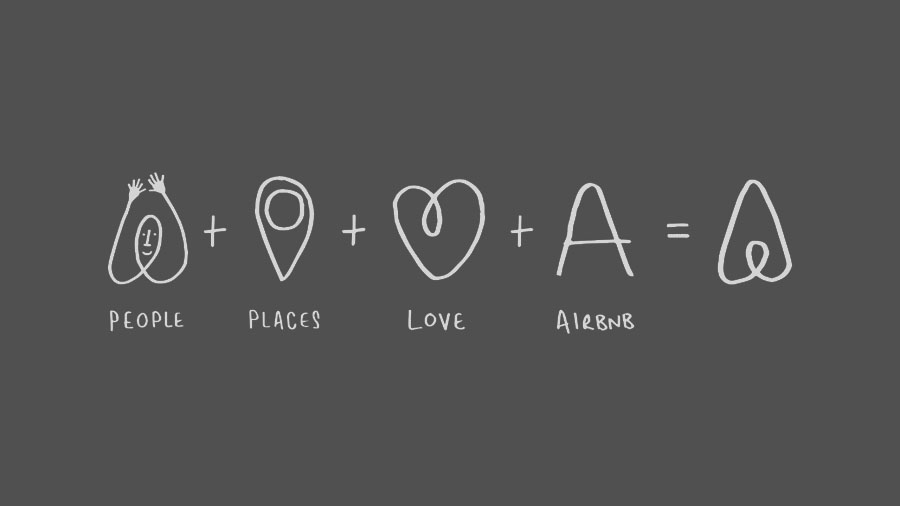We often see creativity as something that happens to us. There is a thought every knowledge worker or creative has had at some point in their work life: “I don’t feel inspired.” But this idea of creativity as something we either have or we don’t is a myth. In fact, creativity can be programmed.
The concept of muses as a mythical driver of creativity dates back from ancient Greek mythology. The muses were considered the source of inspiration and knowledge embodied in music, poetry, and myths. In the past, it has been common to invoke help from the muses, or even invite the muses to sing directly through the writer or artist.
Today, muses have become the heroines of beautiful myths we still enjoy reading for our pleasure and culture, but we don’t rely on them anymore to fuel our creativity. What can we do instead to sow the seeds of creativity?
Use combinational creativity

We often force ourselves to use exploratory creativity—generating new ideas within a given space—or transformational creativity—ignoring fundamental rules to come up with potentially impossible but highly creative ideas. But the reality is that most new ideas come from combinational creativity.
“Originality is undetected plagiarism.” — William Inge.
Combinational creativity is the process of combining old ideas to come up with something new. In order to programme creativity on demand, just choose two ideas from other people which you find interesting, and make them have idea sex (the words of Conor White-Sullivan, founder of Roam Research). It may not result in an amazing idea, but it will certainly help get your creative juices flowing.
Build a creativity inbox
If you’re the kind of person who reads a lot or consumes a lot of information in various formats, it may be that you feel inspired by a piece of content at a time where you cannot act on it. In order to encourage programmed creativity, it’s crucial to capture these seeds of inspiration so you can nurture them later. An easy way to achieve this is by building a creativity inbox.
There are several ways you can go about building this:
- Create a bookmark folder just for ideas you want to write about. This is probably one of the simplest ways to go about this. Anytime you want an idea to write about, click on your “creativity inbox” folder in your browser and pick a topic. The one (pretty big) limitation of this approach is the lack of context and connection with other ideas. If you look at a link weeks later, you may not remember why you found it inspiring in the first place.
- Email yourself. Yes, this is old school, but it works for many people. Email yourself the piece of content with a bit of context, and make sure to add specific keyword in the subject title so these emails skip your inbox and go straight into a “creativity inbox” folder. This method adds context, which is great, but lacks the interlinking of ideas which is beneficial to achieve true programmed creativity.
- Tag your notes. This is my preferred method. Create a tag such as #CreativityInbox or [[Creativity Inbox]] in your preferred note-taking tool. When you click on this tag, you will see all the notes with that tag. The reason why I love this method is that you can add lots of context and interlink your notes to make it easier for them to have idea sex. It works in most note taking apps. In Roam, you would use bi-directional linking. In Evernote or Bear, you would use regular tags. And in TiddlyWiki, you could use either tags or bi-directional links depending on your setup.
There are more complex setups you could probably use, but one of these three approaches will already be a big improvement compared to simply waiting for your muse to come and sing through you. You will have access to a long personal list of prompts to pick from.
Create a digital garden
Finally, if you want to cultivate more ambitious ideas, you could create a digital garden. A digital garden is a place that lives between your raw notes and your finished original content. This is where you can share half-baked ideas, seeds of new thoughts, bursts of inspiration which you may want to nurture over a longer period of time.
While your raw notes may not present any interest to anyone, and your finished content (blog posts, essays) is usually shared late in the creative process, the notes in your digital garden are at the intersection of “too early to be shared widely” and “structured enough to warrant some constructive feedback.” They are a constant work in progress—in the words of Andy Matuschak, they are evergreen notes.
Ultimately, programming your creativity is a game of trial and error. But the only big mistake you can make is believe that creativity is fixed and something that just happens to you (or not). For many people, creativity gets unlearned. The good news is: it’s up to you to relearn it.
